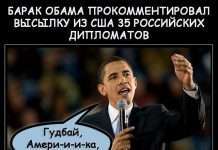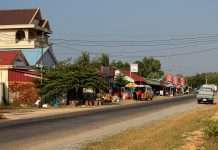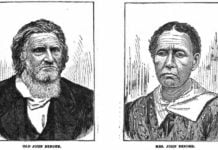A new study reveals that mass shootings can significantly increase voter turnout in nearby communities, but their impact remains narrowly focused and doesn’t appear to sway presidential election choices. These findings come from researchers at the University of Massachusetts Amherst and the Brennan Center for Justice at NYU Law, whose work was published in Science Advances.
The research analyzed whether mass shootings motivate Americans to vote and if they influence who people support at the ballot box. Using a vast dataset combining records from the Gun Violence Archive with nearly half a billion individual voter registrations, the researchers meticulously examined neighborhoods within 10 miles of mass shootings that occurred close to the 2016 and 2020 presidential elections.
A Surge in Turnout Within Striking Distance
Their analysis uncovered a clear pattern: mass shootings demonstrably “mobilize local voters,” particularly those living within half a mile of the tragedy. Voter turnout in these areas jumped by as much as 10 percentage points in the weeks leading up to an election. However, this surge dwindled rapidly beyond about five miles, highlighting the deeply localized nature of mass shooting’s influence on political behavior.
The Political Leanings Divide
The study also revealed that this increase in participation was heavily concentrated in predominantly Democratic areas. Voters in these communities were far more likely to cast ballots after a nearby mass shooting compared to voters in Republican-leaning neighborhoods, where turnout remained largely unchanged.
While turnout rose significantly, the research found no evidence suggesting that mass shootings swayed presidential vote choices. However, there might be a link between shootings and support for gun control measures.
Local Action on Gun Control
In California, precincts situated near mass shootings prior to the 2016 election exhibited a higher likelihood of voting in favor of Proposition 63. This initiative mandated background checks for ammunition purchases and prohibited high-capacity magazines. This pattern wasn’t observed with other liberal ballot measures that year, indicating that the effect was specifically tied to gun policy issues.
Previous research at the county level had failed to establish a connection between mass shootings and voter turnout. By focusing on smaller geographic units—census block groups and precincts—this new study demonstrates that while politically impactful, the effects of mass shootings are geographically constrained.
These findings suggest that while mass shootings may not reshape national elections, they can energize local communities and bolster support for gun-reform efforts directly in areas affected by tragedies. As one researcher put it, focusing on ballot initiatives might be a more effective strategy than relying on general voting patterns to achieve policy change regarding gun control.









































